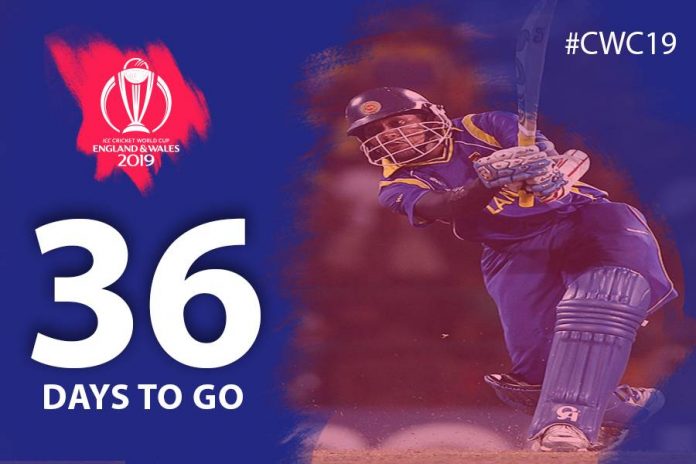There was never a doubt about T.M. Dilshan’s unique talent after he was fast tracked into the senior side following the 1999 debacle in the World Cup. But his returns with the bat were mediocre for the first decade of his career.
Earlier on, with a strong top order, Dilshan often had to fulfill the role of finisher – faced with the last ten overs or so of the innings – there was little he could do. Still, it was bizarre to leave him out of the 2003 campaign. Undoubtedly the team’s best fielder, Dilshan’s canny off-spinners would fetch him more than 100 wickets in ODIs as well.
Consistency accompanied his batting once he volunteered to open the innings. Following some high-profile retirements, Sri Lanka were looking for opening options when Dilshan approached skipper Mahela Jayawardene and suggested that he would like to take up the role. What a masterstroke it proved to be.
Sri Lanka by then had tried different combinations in Test and ODI cricket with the likes of Shantha Kalavitigoda, Malinda Warnapura, Michael Van Dort, Prasanna Jayawardene, Tharanga Paranavithana and even Dilruwan Perera getting a go. But the team was struggling for results. It all suddenly clicked with Dilshan.
Read – Tillakaratne Dilshan, cricket’s Jack-of-all-trades
Dilshan first opened the batting for Sri Lanka on the 20th January 2009 during the tour of Pakistan. Later that year, on the 18th of August, he converted himself into a Test opener too. The results were stunning.
Dilshan scored 16 hundreds in the 87 Tests that he represented Sri Lanka. Eleven of those hundreds came after 2009 in 38 games, which is a hundred almost every three Tests. The numbers are mindboggling in ODI cricket as 21 of his 22 ODI hundreds came while he opened the batting. He averaged 45 as an opener, which is higher than his career average of 39.
By the 2011 World Cup, Dilshan had become a match winner for the team and he ended the competition as the highest run getter. Dilshan scored exactly 500 runs in that tournament while Sachin Tendulkar finished second with 482 runs and Kumar Sangakkara accumulated 465 runs.
Dilshan’s 500 runs came at an average of 62 and strike rate of 90 with two hundreds and two fifties. The two hundreds were against Zimbabwe and England. In a group game, he hit 144 against the inexperienced Zimbabwe attack and in the process shared a 282-run partnership for the first wicket with Upul Tharanga off just 268 balls.
Read More – The Untameable Dilshan
At that point, it was the second highest partnership for the first wicket in all ODIs behind the 286-run stand between Sanath Jayasuriya and Upul Tharanga at Headingly in 2006.
Dilshan wasn’t finished yet as he went on to pick up four wickets in the Zimbabwe clash. He claimed four wickets for just four runs that day to record his career best bowling figures.
Such convincing performances were hard to ignore and the selectors would promote him as captain two weeks later after Kumar Sangakkara stepped down following the 2011 final defeat to India.
>> Pick your Lions for the 2019 Cricket World Cup
Dilshan’s most convincing performance in that tournament came against England in the quarter-finals. England had struggled their way to set a target of 230. This appeared child’s play for the Sri Lankans, who got home with all their wickets to spare and more than ten overs left. Such a convincing win in a World Cup quarterfinal proved that England had a long way to go to compete in shorter formats of the game.
Once again Dilshan teamed up with Tharanga as the pair posted 231 runs for the first wicket in just 237 deliveries.
The Dilshan-Tharanga partnership is one of the best that the cricket world has seen. In 71 ODIs, the pair accumulated more than 3000 runs, which is 45 runs per outing. That included nine hundred run stands as well.























